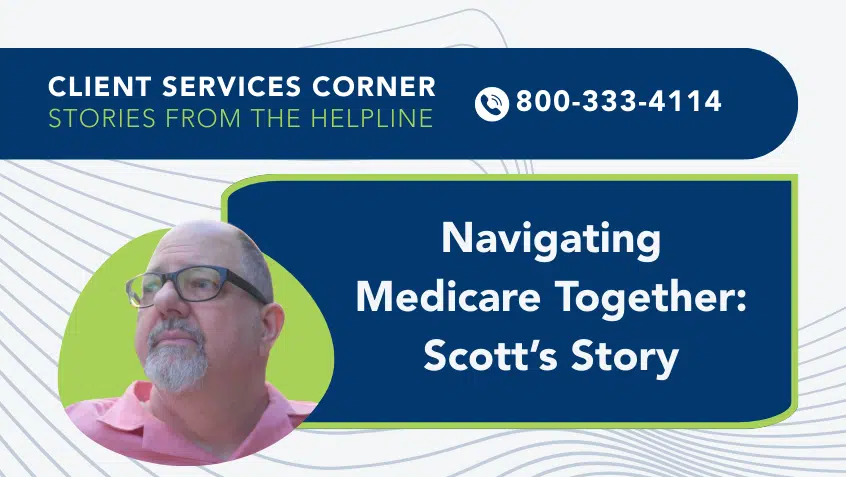Join Us Live for a Discussion on Medicare, Democracy, and the Future of Health Care
CMS Projects Continued Stability of Part D Premiums in 2018

The Centers for Medicare & Medicaid Services (CMS) recently announced that the average basic premium for a Part D prescription drug plan is estimated to be $33.50 per month in 2018. This projected average premium is a slight decrease from the average monthly premium in 2017 ($34.70) and represents the continued relative stability of Part D premiums. It is important to note that while the average, basic premium is lower in 2018, beneficiary premiums will vary—some increasing and some decreasing next year.
Although Part D premiums remain stable, Part D costs continue to increase faster than other parts of Medicare. According to CMS, this increase is largely due to the high cost of specialty drugs, especially during the catastrophic coverage period. In all Medicare Part D plans, after the enrollee pays a certain amount in out-of-pocket costs (regardless of their total drug costs) for covered drugs, they will reach catastrophic coverage, when they pay a 5% coinsurance for their covered prescriptions.
For people with Medicare, they continue to see savings on their out-of-pocket drug costs due to the Affordable Care Act’s (ACA) closure of the Part D coverage gap, also known as the “donut hole.” Someone in the coverage gap in 2018 will pay 35% out of pocket for most of their brand name drugs and 44% out of pocket for generic drugs. The coverage gap is slowly closing, and will close completely by 2020 when people with Medicare will pay, on average 25% for their drugs after they have met their deductible.
Visit Medicare Interactive to learn more about Part D costs.
Show Comments
We welcome thoughtful, respectful discussion on our website. To maintain a safe and constructive environment, comments that include profanity or violent, threatening language will be hidden. We may ban commentors who repeatedly cross these guidelines.
Help Us Protect & Strengthen Medicare
Donate today and make a lasting impact
More than 67 million people rely on Medicare—but many still face barriers to the care they need. With your support, we provide free, unbiased help to people navigating Medicare and work across the country with federal and state advocates to protect Medicare’s future and address the needs of those it serves.
The Latest
Most Read
Add Medicare to Your Inbox
Sign up to receive Medicare news, policy developments, and other useful updates from the Medicare Rights.
View this profile on InstagramMedicare Rights Center (@medicarerights) • Instagram photos and videos









